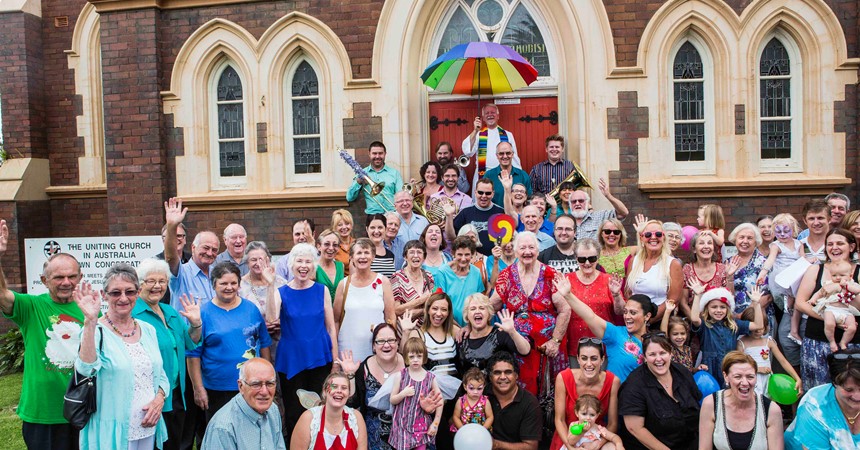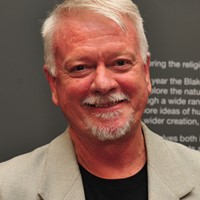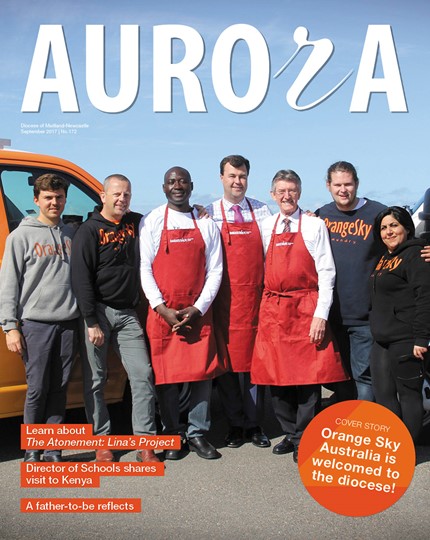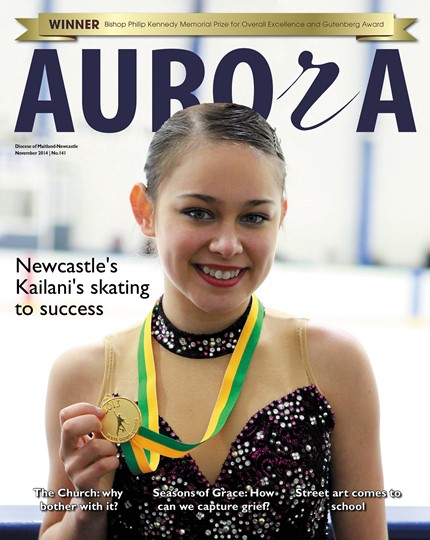On 22 June this year the Uniting Church will have reached the ripe old age of 40 years. An amalgam of the Methodist, Presbyterian and Congregational Churches, it has been evolving since 1977, trying to work out how to be a church in Australia that is relevant to contemporary society. One of its features is that it is a conciliar church and that means lots of committees and discussions, and a real commitment to listening to diverse points of view and allowing leadership to occur at local and regional levels, rather than from the top down.
This means that the Uniting Church looks different depending on where you encounter it. In the Hunter region there is a strong sense of community engagement, working with needs in the local community as well as the larger issues of social justice. The person currently with a role closest to that of bishop is the Rev Stephen de Plater, Chairperson of the Hunter Presbytery. He fulfils this role while also ministering in the Raymond Terrace region. He says, “I enjoy the openness and commitment to diversity of the Uniting Church. I see it as an expression of the whole of the Gospel, which also includes the implications for our lives within society as we seek justice for all.”
Adamstown Uniting Church, where I work, would be one example of this diversity and listening to local context. Here there is a focus on arts, justice and community engagement and every week the church variously becomes a concert venue, gallery, studio space or children’s activity centre. Local performers use this as a venue to explore their talents and the church uses that connection to highlight issues of social concern. This has resulted in art exhibitions that have explored refugee concerns, justice in the Gaza strip for Palestinian populations as well as Aboriginal identity. A project being developed is an art exhibition exploring community responses to climate change that will fill the interior of the church as a total art environment. This emphasis on activities such as music and art interests people who want to know what it is to be human and to thrive in creative ways in their community.
Nearby at Merewether Uniting Church, Rev Jennifer Burns is busy opening up the doors of this church to the wider community. Each Tuesday at 6pm the Merewether Community Kitchen is providing food to members of the community who are doing it tough. Each week at least 120 people gather. Some who are volunteers peel the potatoes and cook a great meal, while others come for the company and delicious menu! There are few distinctions around a table of food with plenty to share.
During the day the All Sorts group meets, an opportunity for people who are challenged by mobility issues. Each Tuesday between 10am and 2pm there are social activities, entertainment, physical exercise, food and a monthly art group which is producing stunningly creative results! Jennifer says, “People should have the opportunity to be involved in all of life.” Her aim is to offer that opportunity at church services on Sunday as well as with food around a table mid-week.
Ordaining women to the ministry is one of the distinctive features of the Uniting Church. In fact the first ordination of a woman in the Congregational Church occurred in Adelaide in 1928. Rev Jennifer, who has been at Merewether for four years, is one of a number of women in the region who lead local churches. She says of her role, “Women bring a certain gentleness and openness. My focus is on helping to build a more inclusive community, to break open narrow expectations based on gender or social role and to look for direction to come from outside the community that gathers on a Sunday.” Her energy and openness have certainly had an effect on the life of this church, making it a valued part of the wider community.
One of the major public faces of the Uniting Church is the organisation known as UNITING, which brings together community programs in aged care, welfare, children’s services and justice advocacy. In the Hunter region a number of aged care facilities offer various levels of care to the elderly, as well as a number of pre-schools and long day care Centres. UNITING is the largest welfare organisation of its kind in Australia and local services are found in all states and territories. Being a ‘uniting’ church, there is also a strong interest in ecumenical relations and the Church will often work with other denominations on issues of common concern. In the Hunter there is a long-standing collaboration with the Catholic Diocese of Maitland-Newcastle on issues of social concern and justice.
The Uniting Church is in an ongoing state of development, inspired by the traditions of the past while responding to the needs of today. To grasp this process of change there is a real search to understand the words of Jesus and the experience of the early church in a manner that helps us find where the Spirit might be working among us today. There is a strong reliance on the biblical tradition, and preaching and study are highly valued.
There is also a strong tradition of social concern that goes back to the role the church developed in local mining and rural communities and the beginnings of the union movement in the Hunter Valley. So from afar, the Uniting Church might look confusing due to its wide variety. For those involved, however, it is a place where change is embraced. For insiders, this brings a necessary grief as we see our traditions re-assessed, but it also brings a certain level of hope as everyone has access to creating the future. This would be a particular mark of our faith, that we see the future as resting with God.























































































